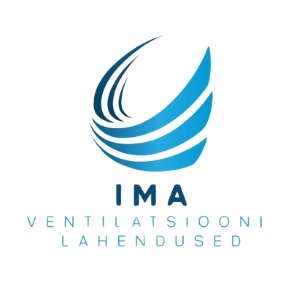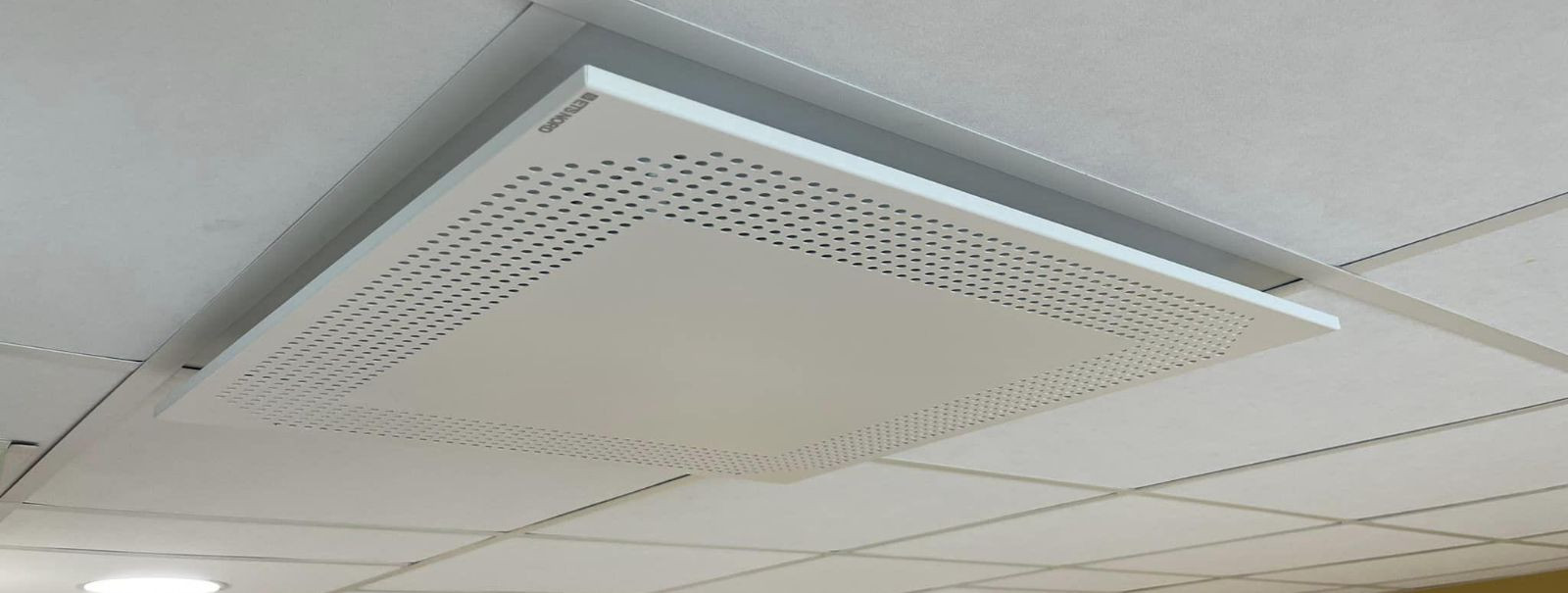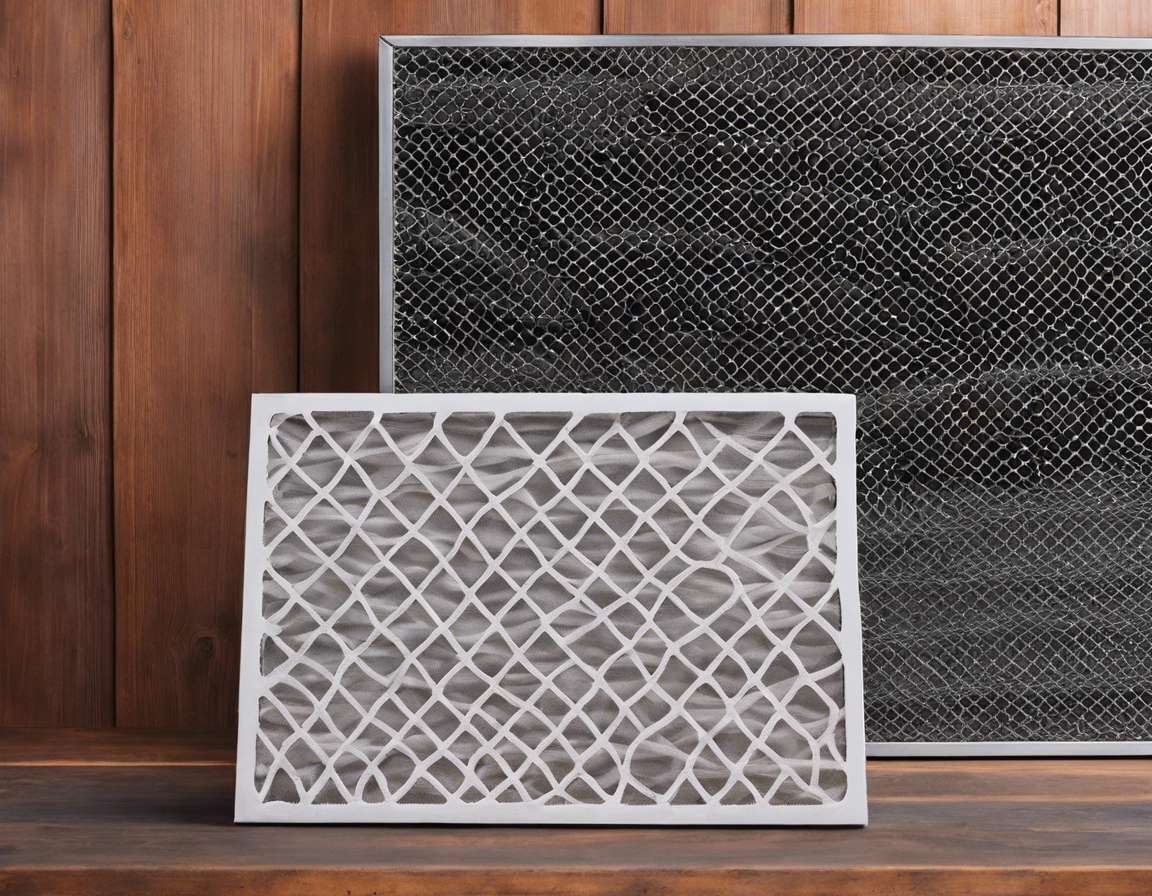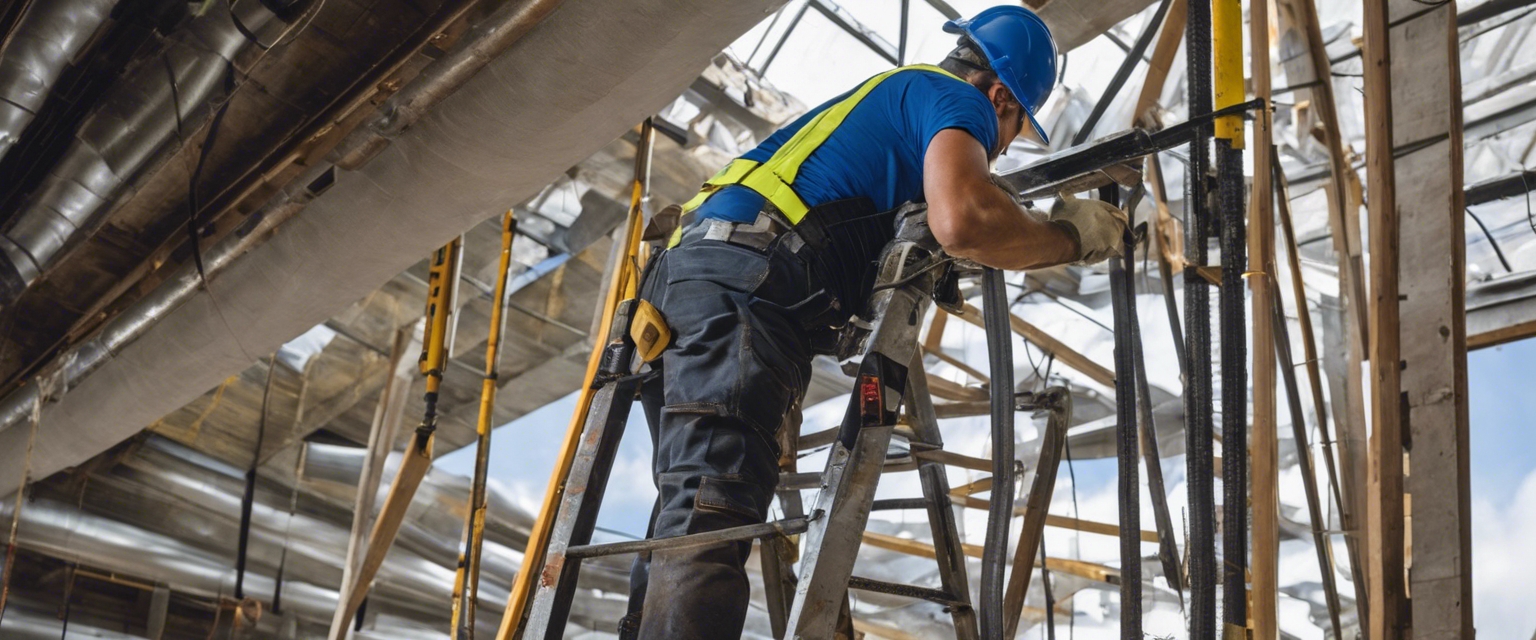Top 5 sustainable construction trends in 2024
As we move into 2024, the construction industry is increasingly focusing on sustainability, driven by the urgent need to address climate change and resource scarcity. Homeowners, commercial property managers, and businesses are seeking construction solutions that not only reduce environmental impact but also enhance energy efficiency and long-term savings. Here, we explore the top five sustainable construction trends that are set to shape the industry in 2024.
Trend 1: Net-Zero Energy Buildings
Net-zero energy buildings are designed to produce as much energy as they consume over a year, primarily through renewable energy sources. This trend is gaining momentum as it aligns with global sustainability goals and reduces reliance on fossil fuels.
Advancements in solar panel technology, energy storage systems, and building design are making net-zero energy buildings more feasible and cost-effective. Innovations such as building-integrated photovoltaics (BIPV) and advanced insulation materials are key contributors.
For homeowners and businesses, net-zero energy buildings offer significant benefits, including reduced energy bills, increased property value, and a smaller carbon footprint. These buildings also provide enhanced comfort and resilience against energy price fluctuations.
Trend 2: Green Building Materials
Green building materials are those that are environmentally responsible and resource-efficient. Examples include recycled steel, bamboo, reclaimed wood, and low-VOC paints. These materials are chosen for their durability, renewability, and minimal environmental impact.
Material science is continuously evolving, leading to the development of new sustainable materials such as bio-based composites and self-healing concrete. These innovations enhance the performance and sustainability of construction projects.
Using green building materials reduces waste, lowers energy consumption during production, and minimizes the overall environmental footprint of construction projects. This trend supports the creation of healthier indoor environments and contributes to the circular economy.
Trend 3: Smart Building Technologies
Smart building technologies leverage the Internet of Things (IoT) and artificial intelligence (AI) to optimize building operations. These technologies enable real-time monitoring and control of energy usage, lighting, HVAC systems, and security.
Advanced energy management systems (EMS) are crucial for reducing energy consumption and costs. They provide insights into energy usage patterns and facilitate automated adjustments to improve efficiency.
Smart technologies enhance occupant comfort by maintaining optimal indoor conditions and improving air quality. They also contribute to significant energy savings, making buildings more sustainable and cost-effective.
Trend 4: Modular and Prefabricated Construction
Modular construction involves assembling building components off-site and transporting them to the construction site. This method offers numerous advantages, including reduced construction time, lower costs, and minimized waste.
Prefabricated construction is inherently sustainable due to its efficient use of materials and reduced on-site disturbances. It also allows for better quality control and precision in building design.
As demand for sustainable and affordable housing grows, modular construction is expected to play a significant role in meeting these needs. Its scalability and adaptability make it a promising solution for urban and suburban development.
Trend 5: Water Conservation and Management
Water conservation is a critical aspect of sustainable construction, particularly in areas facing water scarcity. Efficient water management reduces consumption and ensures the sustainable use of this vital resource.
Innovations such as rainwater harvesting systems, greywater recycling, and smart irrigation systems are becoming integral to sustainable building design. These solutions help reduce water usage and promote responsible water management.
Implementing water-efficient practices in urban and suburban areas leads to significant environmental and economic benefits. It reduces the strain on local water supplies, lowers utility costs, and supports sustainable urban development.






Comments (0)